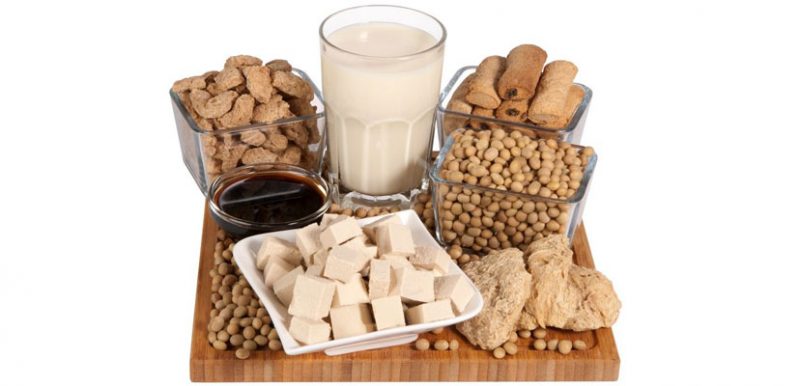A soy allergy is common in infants, and for most children, a soy allergy will disappear within a few years. A severe soy allergy can be a lifelong condition.
Soy allergies may be tricky to manage, as it is so versatile and used as an ingredient in many processed foods and household items. Soybeans can be found in oils, soap, cosmetics, resins, plastics, inks, crayons, solvents, and clothing.
ALSO KNOWN AS
- Bean curd (dofu, kori-dofu, soybean curds, tofu)
- Edamame
- Kinako
- Natto
- Nimame
- Okara
- Soya, soja, soybean and soyabeans
- Yuba
- Possible food sources of Soy
POSSIBLE FOOD SOURCES OF SOY
- Bean sprouts
- Bread crumbs, cereals and crackers
- Hydrolyzed plant protein (HPP), hydrolyzed soy protein (HSP) and hydrolyzed vegetable protein (HVP)
- Imitation dairy food
- Infant formula, follow-up formula, nutrition supplements for toddlers and children
- Meal replacement beverages and Nutrition supplements
- Meat products with fillers, for example, burgers and prepared ground meat products
- Miso
- Sauces: soy, shoyu, tamari,teriyaki, Worcestershire
- Simulated fish and meat products (imitation bacon bits,vegetarian burgers)
- Tempeh
- Vegetarian dishes
- Canned tuna
- Spreads (mayonnaise, peanut butter)
- chewing gum, candy
NON-FOOD SOURCES OF SEAFOOD
- Cosmetics and soaps
- Crayons
- Glycerine
- Milk substitutes for young animals
- Pet food
- Vitamins

